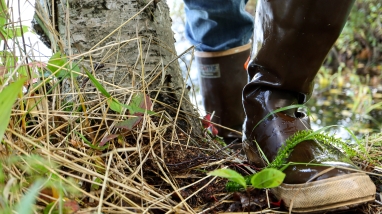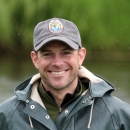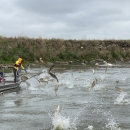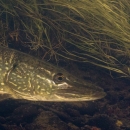Alaska has many natural and human vectors that could introduce AIS, including: boats, floatplanes, tourism, marine shipping and transport, wind, ocean currents, and warming climate. As such, even field work in the most remote, pristine part of Alaska could have AIS that has been introduced through anthropomorphic or natural vectors. This handbook will assist field staff to prevent the introduction and minimize the spread of AIS during our field operations and those that we fund. Fieldwork and activities provide an important way for people to be on the lookout for invasive species invasive species
An invasive species is any plant or animal that has spread or been introduced into a new area where they are, or could, cause harm to the environment, economy, or human, animal, or plant health. Their unwelcome presence can destroy ecosystems and cost millions of dollars.
Learn more about invasive species .
This three-part document is comprised of the following:
I. Before you Go – This section has four general best management practices that all field staff could accomplish without difficulty and would help to prevent the introduction and spread of AIS.
II. Field Operations – This section describes the basic Clean, Drain (or Rinse), and Dry protocols for decontaminating gear before moving between fields sites.
III. Field Activity Specific Best Management Protocol Fact Sheets – This section provides activity specific best management protocols for prevention and decontamination efforts. The fact sheets are a reference tool for field crews to print the relative sheet(s) and bring to the field or have in their vehicles.







